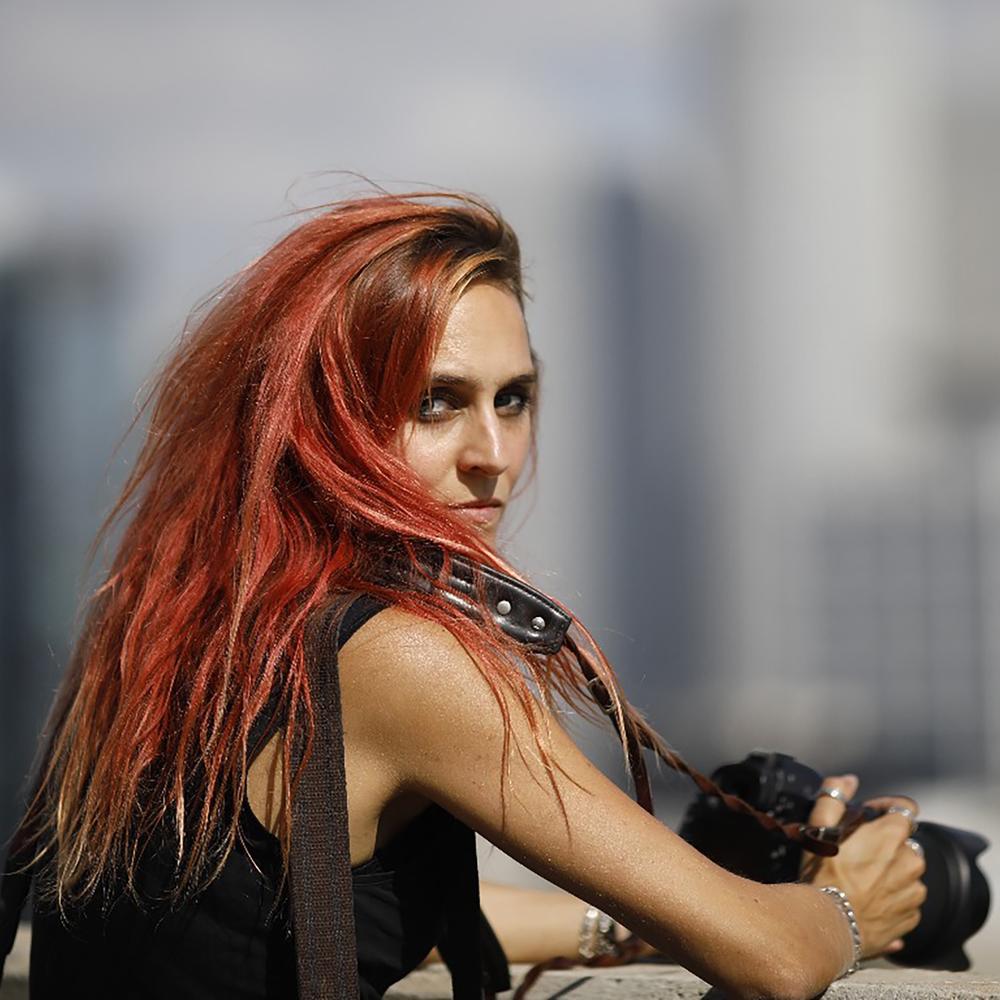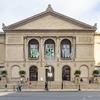More about Clara Steichen with Bowl of Oranges, 1907

Contributor
The dreamy, soft-focused portrait Clara Steichen With Bowl of Oranges is a prime example of Pictorialism created by the iconic American photographer Edward Steichen.
In the early years of photography, you were not to think about sharp photos if you wanted to be considered a serious artist. It was the pictorialist style, seen in the work of Alfred Stieglitz, that set the craft of photography apart from mere documentation or amateurism. The basic rule of thumb, the further away from a mere realistic depiction, the better. And that meant blurry contours, subdued tonality, atmospheric elements - anything that would increase the image’s artistic impact by imitating the qualities of paintings, which were then considered the ‘real art’.
However, in an era that did not yet know the vintage filters of Instagram or the myriad effects of Photoshop, the desired looks required tedious manual image manipulations. Common printing techniques, that by their mere names were sure to scare off the most ambitious amateur, were ‘platinum’, ‘palladium’ and ‘gum bichromate’, using papers coated with homemade emulsions. The latter could even be used to achieve multi-colored prints, or at least a sense thereof, for which the photographer would manually apply different pigments. However, for Steichen and his photographic peers these techniques were disappointing in that they failed to reproduce true colors. It was not until 1907 that color photography was made easy and commercially viable, at least for the standards of the time, when a revolutionary technique was introduced by the Lumière brothers - the autochrome. For the first time, photographers were able to capture color photographs uncomplicatedly by inserting into their camera an autochrome glass plate. This plate was coated with a simple substance that, as it turns out, not only makes a delicious meal - the potato.
Before being applied to the glass plates as a thin sheet, the microscopic potato starch grains were dyed in red, green and violet, thereby creating a filter. Another thin layer of emulsion was added on top. When exposed, the dyed potato starch would filter the light passing through to the emulsion, resulting in beautifully colored images.
For Steichen, who was also a painter, the technique was mind-blowing. "The palette and canvas are a dull and lifeless medium by comparison", he said. He captured the autochrome Clara Steichen with Bowl of Oranges in the first year of Lumière's invention, which was to become the most widely used color photography process for the following 30 years.
But it was not only the accuracy of color rendering that lent the technique its appeal. Due to the potato-starch-light-filtering process, the exposure times were about thirty times more than that of monochrome plates. Depending on the light situation, that would translate to anything between one second and up to half a minute, quite some time for a subject to stay still. The unavoidable blur in combination with the soft dyed colors endowed the images with a unique painterly and - you guessed it - pictorialist look, exactly what Steichen was after. And all of that without the hustle of darkroom printing, for the final photos were the glass plates themselves.
And what about Clara Steichen, the subject of this iconic image and Steichen’s first wife? Was it the long exposure time that caused her bored expression, or simply the serious looks of the time? And why of all things does she have oranges next to her? Whatever the reasons, they do not really matter that much, since a pictorialist picture’s primary aim is to simply be atmospheric and beautiful.
Sources
- Adolph, Lauren. “Pictorialism vs Straight Photography.” AH331 History of Photography Spring Edition. Updated April 23, 2021. https://scalar.chapman.edu/scalar/ah-331-history-of-photography-spring-…
- “A Short History of Colour Photography.” Science + Media Museum. July 07, 2020. https://www.scienceandmediamuseum.org.uk/objects-and-stories/history-co…
- “Life & Work.” The Estate of Edward Steichen. 2016. https://www.edwardsteichen.com/lifeandwork
- Little, Becky. “These Beautiful Antique Photos were made with Potato Starch.” National Geographic. January 31, 2015. https://www.nationalgeographic.com/culture/article/150131-pictures-auto…
- Morrison, Pip. “Picture Perfect: Pictorialism and its processes.” NGV. May 28, 2020. https://www.ngv.vic.gov.au/essay/picture-perfect-pictorialism-and-its-p…
- O’Neill, Claire. “Autochromes: The First Flash of Color.” NPR. May 26, 2010. https://www.npr.org/sections/pictureshow/2010/05/25/127112999/autochrom…
- Poole, Robert M. “In Living Color: An Obscure Photographic Process Unveiled 100 Years Ago Opens a Fresh Window on the Past.” Smithsonian Magazine. September 2007 https://www.smithsonianmag.com/arts-culture/in-living-color-161118412/












